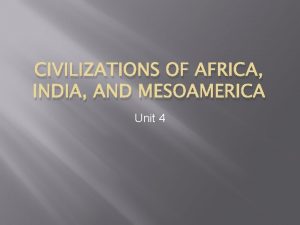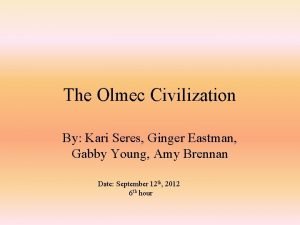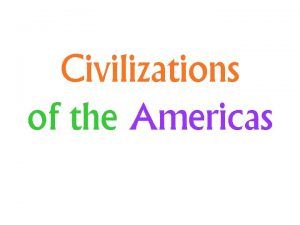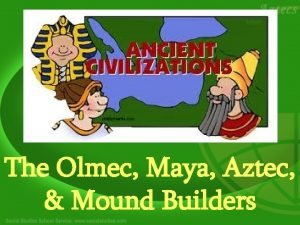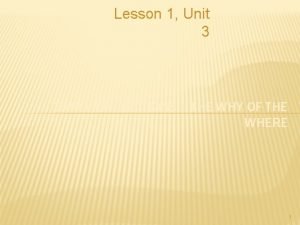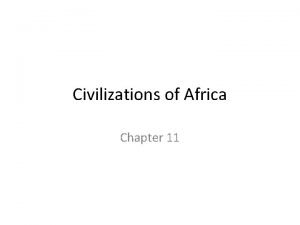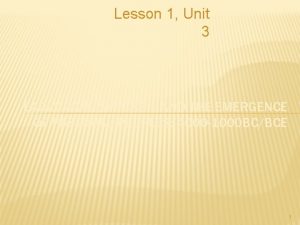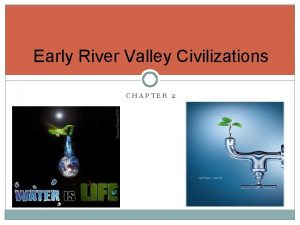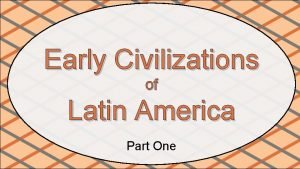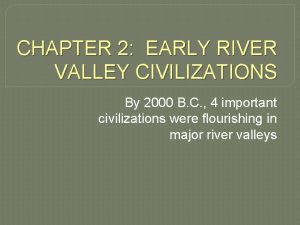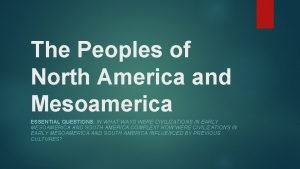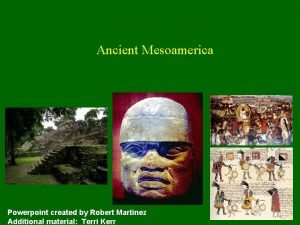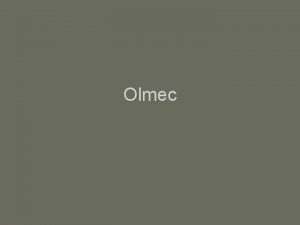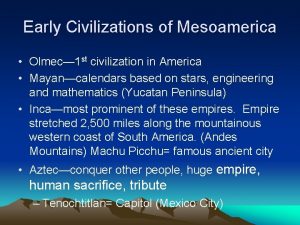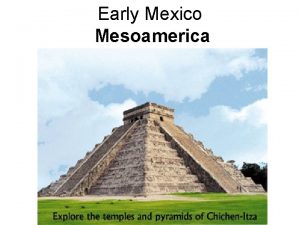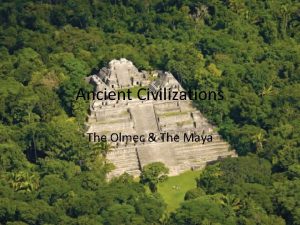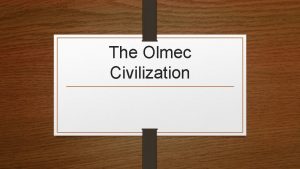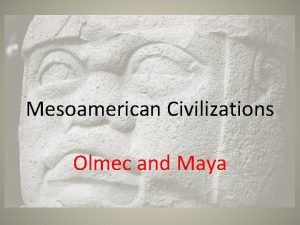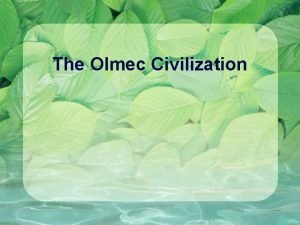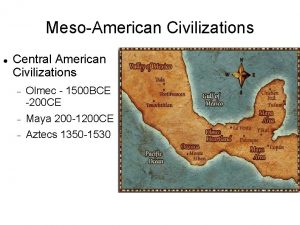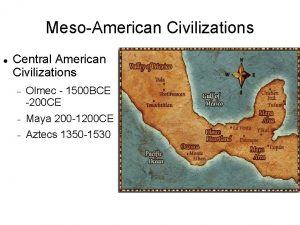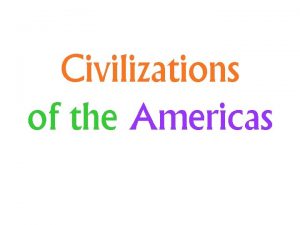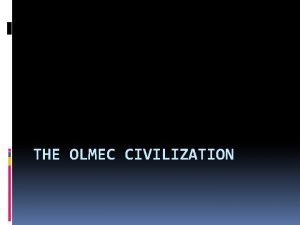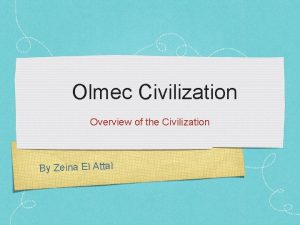Early Civilizations of Mesoamerica Olmec 1 st civilization
















- Slides: 16

Early Civilizations of Mesoamerica • Olmec— 1 st civilization in America • Mayan—calendars based on stars, engineering and mathematics (Yucatan Peninsula) • Inca—most prominent of these empires. Empire stretched 2, 500 miles along the mountainous western coast of South America. (Andes Mountains) Machu Picchu= famous ancient city • Aztec—conquer other people, huge empire, human sacrifice, tribute – Tenochtitlan= Capitol (Mexico City)

North American Cultures • Hohokam—elaborate system of canals, world’s first etchings, decorative pottery, turquoise jewelry • Anasazi—cliff dwellers • Adena—mound builders, woodworking tools, built canoes and nets, clay pots • Hopewell—built geometric earthworks • Mississippian—new strains of crops, mound builders • No longer nomadic, become stationary

Native American—West • Southwest: began to leave the cliff sides and build settlements near waterways for irrigational purposes – Pueblo Tribe-1300 – Built near the Rio Grande for irrigational purposes • Pacific Northwest Coast: built totem poles (represents wealth and status) – Hunted the ocean for; whales, sea otters, and seals – Potlatches=ceremonies where possessions were given away • Great Plains: followed buffalo, tamed horses and became great warriors

Native Americans—Far North • New inventions to deal with environment – Harpoon – Dogsled – Kayak – boots with ivory spikes • Use whale oil and blubber for fuel

Native Americans—Eastern Woodlands • Hardwood forest and rich soil – Blended agriculture with hunting and gathering – Vast supply of trees lead to using wood for many items • Northeast: – Slash and burn agriculture; also hunt and fish – Live in longhouses and wigwams – Relied on wild animals for clothing and food • Southeast – lived in towns: houses made of mud, thatch or grass – women farmed, men hunted – Grew corn, crops, and beans


Trading Networks • Trade brought tribes in contact with one another • Elaborate transcontinental trading network allowing people to trade from all over • Trade routes reached from Mexico to the Atlantic coast • Land Use- Native Americans did not trade land. (Regarded as the source of life)

Social Organizations • Division of labor-the assignment of tasks according to gender, age, or status—formed basis for social order • The family= basic unit of organization among all Native American groups – Clans- or groups of families descended from a common ancestor – All families participated in community decision making – Families that lived in the grasslands would only reunite to celebrate important occasions

West Africa • Established trade system prior to arrival of Europeans • mid 1400’s= Europeans arrive • Salt and Gold mines • Camels • Islam arrives from the middle east through trade

Islam • Founded in Arabia • Muhammad • second largest of the three major monotheistic religions – Monotheistic= one god • Muslims believe that the Quran is God's word as revealed to the prophet Muhammad (570 -632 C. E. ) through the angel Gabriel.

Portuguese Arrive • Established trade post on the West African coast – Gold • By pass trade route across the Sahara • Began the European trade of west Africans • Slaves used to grow sugarcane

Early Empires • Ghana: West Africa’s first empire, empire falls because trade shifts • Mali: elaborate government, trade shifts again • Songhai- power extended across West Africa – Sunni Ali= never lost a battle – Askia Muhammad= administrative districts

West Africa • • Farming, herding, hunting and fishing, Mining and trading Collective ownership of land Skilled at growing rice

Slave Labor • • Slavery already exist in West Africa Not born in to slavery Not a lifetime punishment Different than slavery in the Americas where slavery continued from generation to generation • Not Portuguese original objective

Forest Kingdoms of Guinea • Surplus food • Traded copper and salt • Benin = dominated a large region around the Niger Delta • Kongo= West Central Africa – Manikango= Oversaw 4 million people – Government resembled many of the European governments at the time

Central and Southern Africa • Age carried rank with in the family • Chief – Consulted the council of elders for all decision making events • Matrilineal- people traced their lineage through their mother’s family – Lineage ties determined: • Family loyalties • Inheritances • Marriage
 Civilizations of mesoamerica
Civilizations of mesoamerica Olmec civilization map
Olmec civilization map Olmec civilization time period
Olmec civilization time period Olmec gods
Olmec gods Lesson 1 early civilizations
Lesson 1 early civilizations Chapter 11 section 1 early civilizations of africa
Chapter 11 section 1 early civilizations of africa Unit 3 lesson 1 sumer and mesopotamia
Unit 3 lesson 1 sumer and mesopotamia Lesson quiz 14-2 pre-columbian america answers
Lesson quiz 14-2 pre-columbian america answers Chapter 2 early river valley civilizations
Chapter 2 early river valley civilizations Early south american civilizations
Early south american civilizations Chapter 2 early river valley civilizations
Chapter 2 early river valley civilizations Chapter 9 lesson 1 early civilizations
Chapter 9 lesson 1 early civilizations The greatest contributors to our present gymnastics program
The greatest contributors to our present gymnastics program Early cpr and early defibrillation can: *
Early cpr and early defibrillation can: * The peoples of north america and mesoamerica
The peoples of north america and mesoamerica Chinampas del viso
Chinampas del viso Mesoamerica powerpoint
Mesoamerica powerpoint
